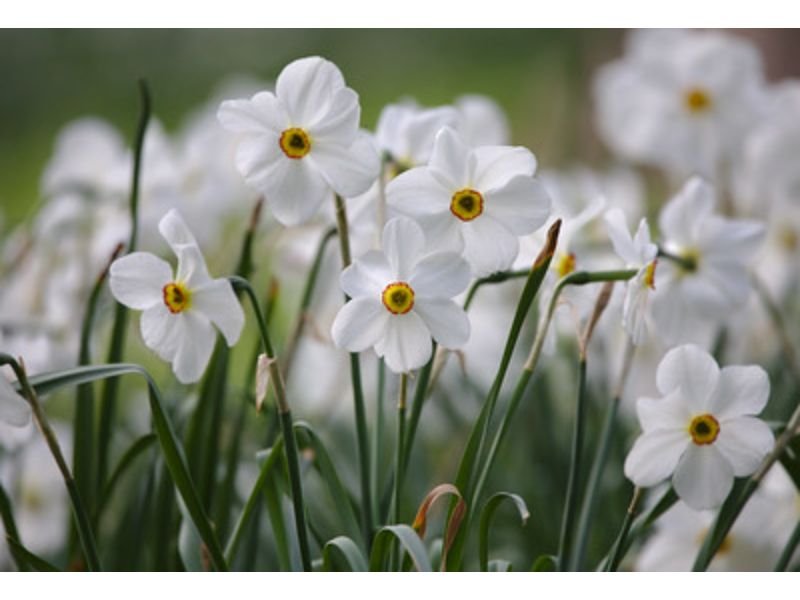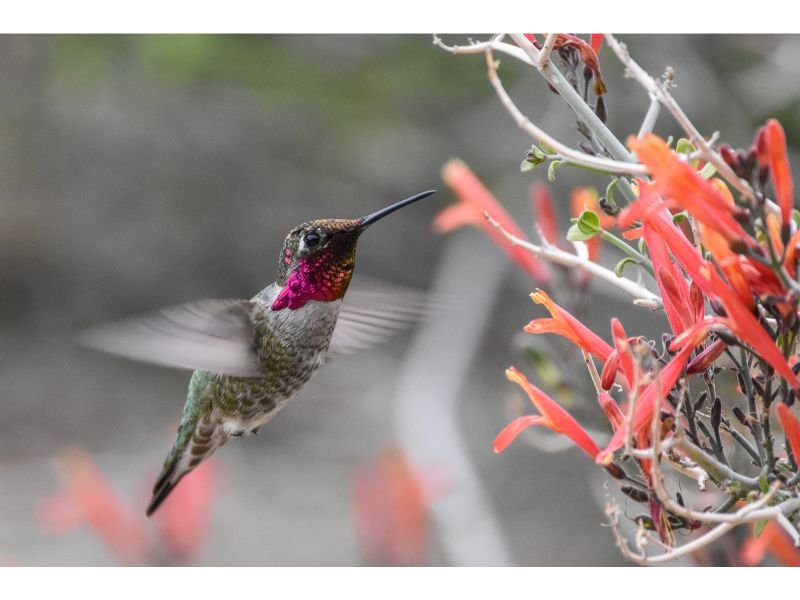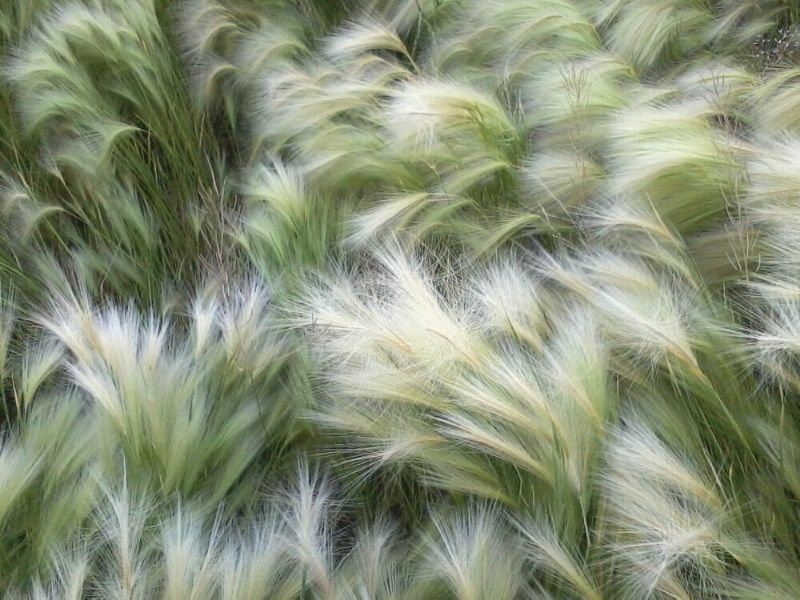Yellow flowers have a universal appeal, often symbolizing happiness, friendship, and positivity. Their vibrant hues can uplift moods and bring smiles to faces.

However, it’s crucial to recognize that not all yellow flowers are harmless. Some may possess toxic properties that can pose risks to humans, animals, or even the environment.
In this comprehensive guide, we will explore various yellow flowers that are poisonous, shedding light on their characteristics, potential dangers, and the precautions to take when dealing with them.
Let’s embark on this enlightening journey to discover the truth about what yellow flowers are poisonous.
Table of Contents
What are some Poisonous yellow flowers?
When it comes to identifying poisonous yellow flowers, it’s essential to be cautious and well-informed. Several species of yellow flowers contain compounds that can be harmful if ingested or even touched. These toxic components can range from alkaloids to glycosides, and their effects can vary widely, from mild irritation to severe poisoning.
It’s important to note that while not all yellow flowers are poisonous, being aware of the potentially hazardous ones can help you create a safer environment, especially if you have children or pets. Let’s take a closer look at some of the most common poisonous yellow flowers:
Daffodils: Beauty with a Hidden Danger

Daffodils, with their vibrant yellow petals and distinctive trumpet shape, are a symbol of spring’s arrival. However, these cheerful blooms contain alkaloids that can be toxic if consumed. The bulbs, in particular, can cause symptoms such as nausea, vomiting, and even more severe reactions. Keep daffodils out of reach, especially from curious pets or young children.
Buttercups: Delicate yet Harmful

The delicate and charming buttercups may seem harmless, but they contain a potent toxin called ranunculin. When crushed or chewed, ranunculin converts into protoanemonin, which can cause irritation, blisters, and discomfort. While severe poisoning is rare, it’s best to avoid contact with buttercups and prevent them from being ingested.
Oleander: A Toxic Elegance
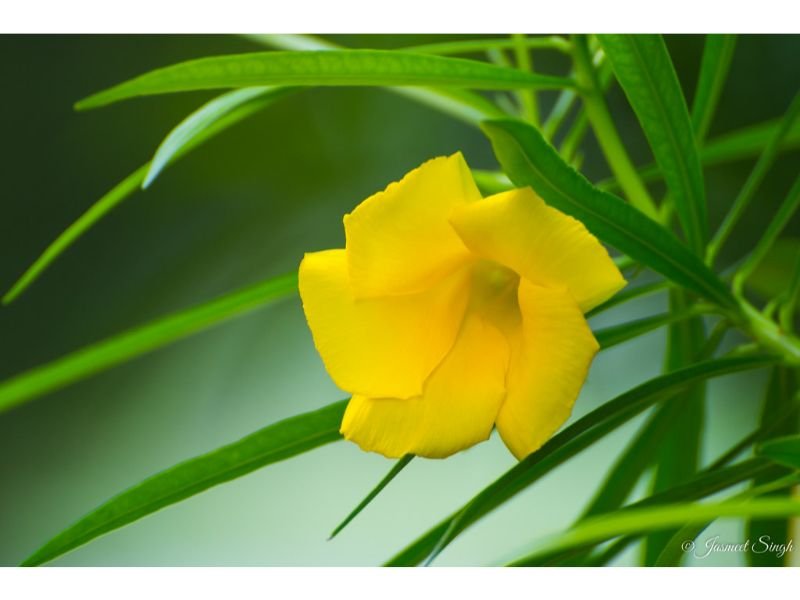
Oleander, with its beautiful yellow clusters of flowers, is a visually striking plant. However, it’s also one of the most poisonous plants found in gardens. Its leaves and flowers contain cardiac glycosides, which can lead to severe heart problems if ingested. Avoid planting oleanders in areas accessible to pets or children.
Foxglove: Alluring yet Lethal
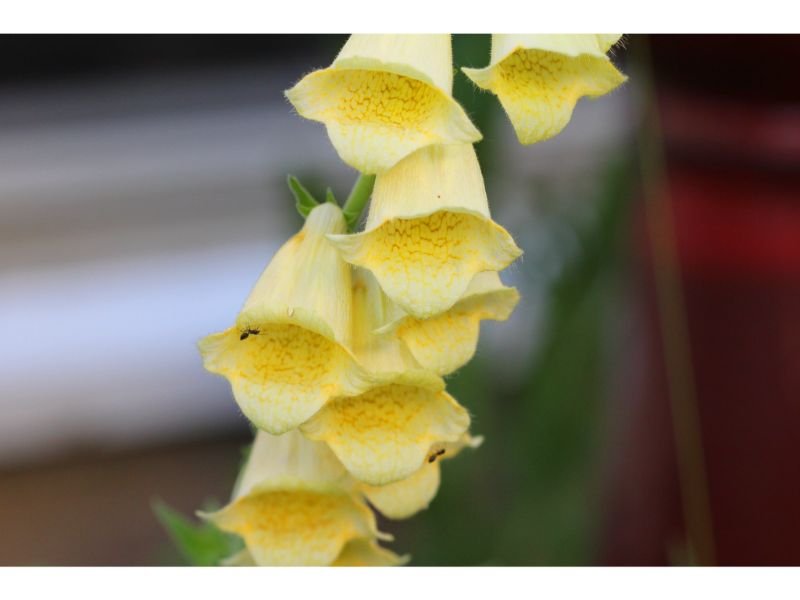
Foxgloves, with their tall spikes of tubular yellow flowers, add elegance to any garden. However, they contain compounds called cardiac glycosides, which can be deadly even in small amounts. Ingesting foxglove can lead to heart irregularities, nausea, and confusion. Exercise extreme caution and consider avoiding these flowers altogether.
Monkshood: History and Hazard
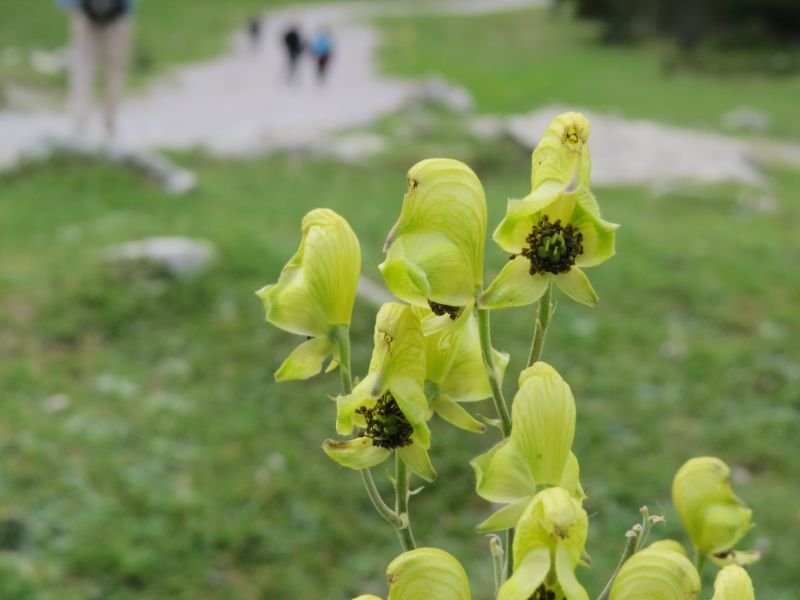
Monkshood, also known as Wolfsbane, boasts stunning yellow hood-shaped flowers. However, its beauty masks its extreme toxicity. Monkshood contains alkaloids that affect the nervous system and can be fatal. It’s essential to avoid contact with all parts of the plant, especially the roots.
Hemlock: Noteworthy Poisonous Plant

Hemlock, infamous for its role in history, is also a poisonous yellow-flowered plant. Its small yellow blooms are often mistaken for harmless wildflowers. However, hemlock contains highly toxic alkaloids that can lead to paralysis and death. Stay vigilant and learn to differentiate hemlock from safe plants.
Lily of the Valley: Fragrance and Danger
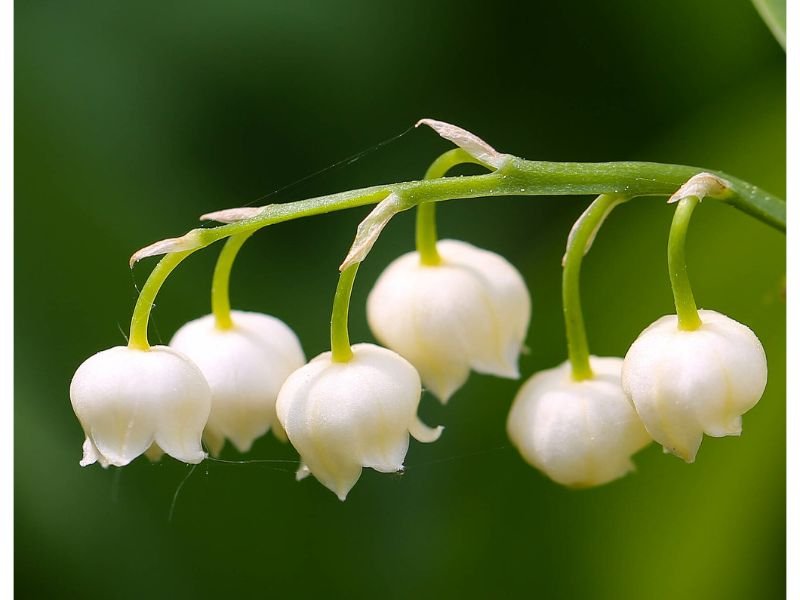
The fragrant lily of the valley, while predominantly white, can also feature pale yellow hues. All parts of this plant contain cardiac glycosides, which can cause symptoms like nausea, dizziness, and even heart problems if ingested. Keep this plant away from pets and children.
Yellow Jasmine: Exquisite but Toxic
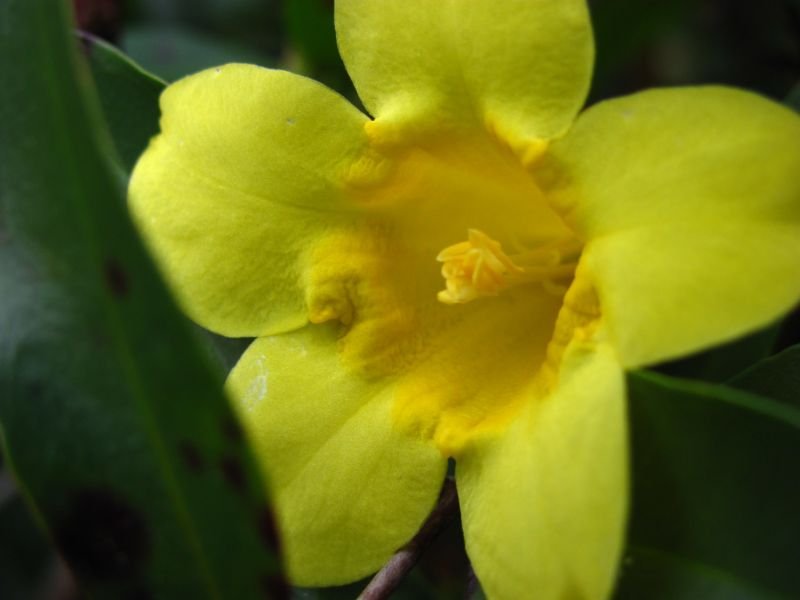
Yellow jasmine, with its beautiful yellow blossoms, emits a sweet fragrance that attracts attention. However, it contains toxic alkaloids that can lead to symptoms ranging from nausea to convulsions. Enjoy its beauty from a distance, and avoid planting it in areas prone to interaction.
Rhododendron: A Colorful Threat
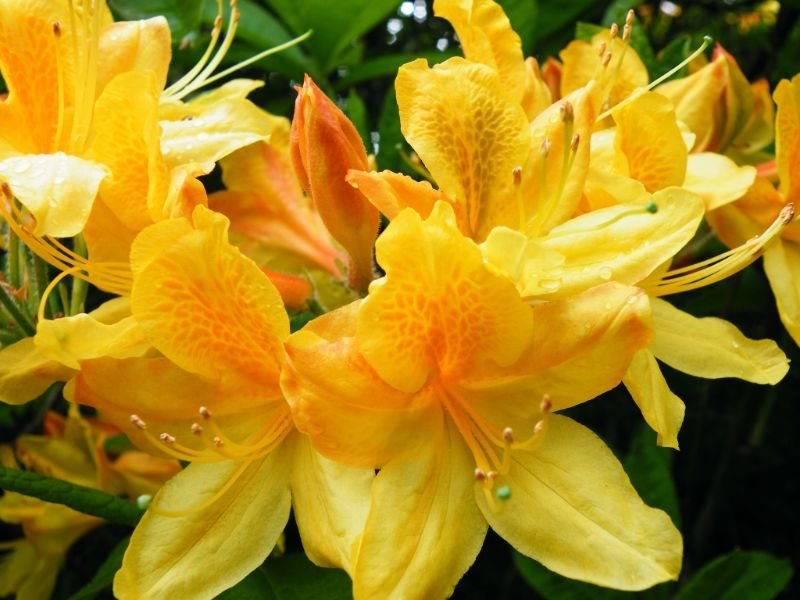
Rhododendrons, admired for their vibrant flowers, can also pose a threat due to their toxic compounds called grayanotoxins. Ingesting any part of the plant can lead to symptoms like drooling, vomiting, and in severe cases, heart issues. Exercise caution and prevent pets from accessing these plants.
Azalea: Beauty with Consequences
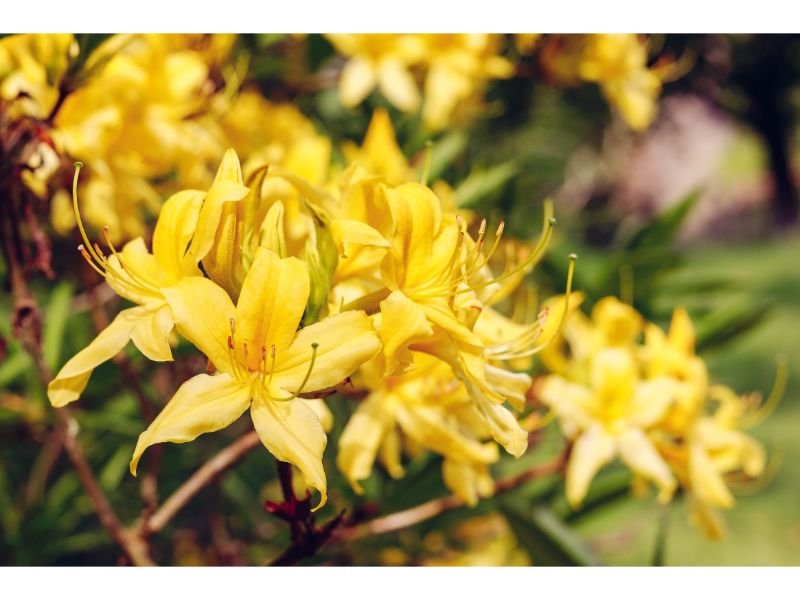
Azaleas, close relatives of rhododendrons, also contain grayanotoxins. Their appealing yellow blooms belie their potential danger. Ingesting even a few leaves can lead to poisoning symptoms. If you have azaleas in your garden, ensure they are out of reach for pets and children.
Wattle: Beware of the Blossoms
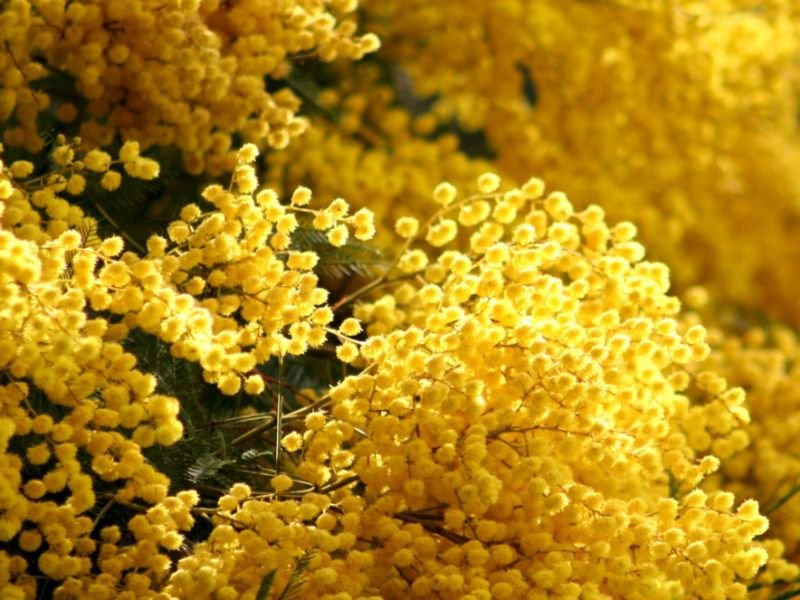
Wattle, commonly known as acacia, features clusters of bright pompom-like yellow flowers and is also a poisonous yellow-flowered plant. While not all species of wattle are toxic, some may contain alkaloids that cause discomfort if ingested. It’s essential to identify the specific type of wattle in your garden and take precautions accordingly.
Laburnum: Golden Chain of Poison
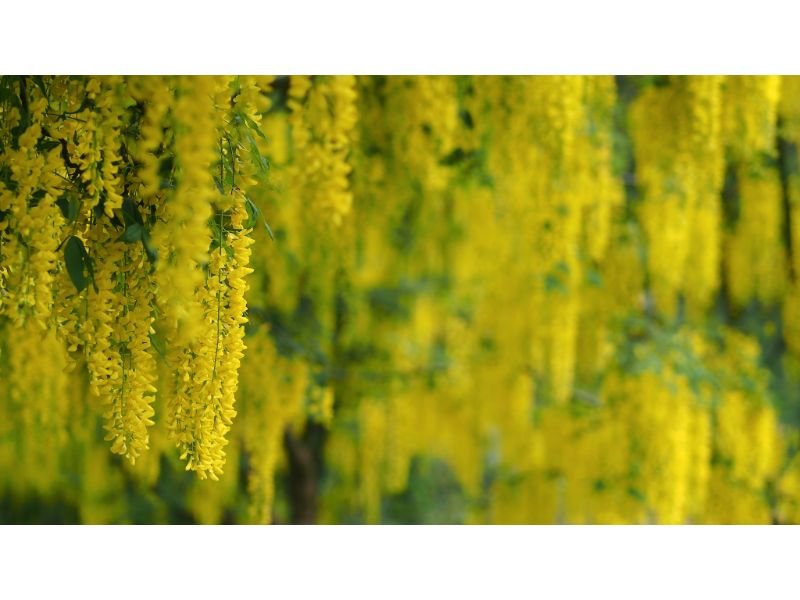
Laburnum trees produce stunning cascades of golden yellow flowers, creating a breathtaking sight. However, all parts of the laburnum plant contain cytisine, a compound that can be fatal if consumed. Keep laburnum trees away from areas where children and animals frequent.
Calla Lily: Elegance with a Bite

Calla lilies, often associated with elegance and sophistication, can also be toxic. While not highly dangerous, they contain crystals that can cause skin irritation and discomfort if handled without care. Wear gloves when handling calla lilies and wash your hands thoroughly afterward.
Black-Eyed Susan: Pretty yet Harmful

Black-eyed Susans, with their striking yellow petals and dark centers, add charm to gardens but, is also poisonous yellow-flowered plant.. However, their leaves and roots contain compounds that can be toxic if ingested. While cases of severe poisoning are rare, it’s best to avoid consuming any part of the plant.
Conclusion
In the colorful world of flowers, it’s essential to recognize that not all beauty is benign. While yellow flowers can bring joy and positivity, some carry hidden dangers in the form of toxic compounds.
By familiarizing yourself with the poisonous yellow flowers discussed in this guide, you can create a safer environment for yourself, your loved ones, and your pets. Remember to exercise caution, especially when dealing with plants that have toxic properties, and consider opting for non-toxic alternatives if you have concerns. The beauty of nature is meant to be enjoyed, but it’s equally important to do so responsibly.
FAQs
Are all yellow flowers poisonous?
Not all yellow flowers are poisonous. While many yellow flowers are safe, it’s essential to be aware of those that can pose risks, especially if ingested or handled.
How can I identify poisonous yellow flowers?
Poisonous yellow flowers often contain toxic compounds, and they may have distinctive features that set them apart from non-toxic flowers. Consult gardening resources or experts for guidance in identification.
Can touching poisonous yellow flowers be harmful?
In some cases, touching poisonous yellow flowers can cause skin irritation or discomfort. It’s best to handle all plants, especially unknown ones, with care.
What should I do if I suspect poisoning from a yellow flower?
If you suspect poisoning from a yellow flower, seek medical attention immediately. It’s crucial to provide healthcare professionals with information about the plant ingested or touched.
Can animals be affected by poisonous yellow flowers?
Yes, animals can be affected by toxic yellow flowers. Some pets may be curious and ingest plants that are harmful to them. Keep toxic plants out of reach of pets.
Are there safe alternatives to poisonous yellow flowers?
Yes, there are plenty of non-toxic yellow flowers that you can enjoy without worry. Marigolds, sunflowers, and daisies are just a few examples of safe and beautiful options.

Gardening is my passion and growing plants indoors has always been a stress relief for me. Grow a banana tree in my apartment once (although failed to produce bananas).

